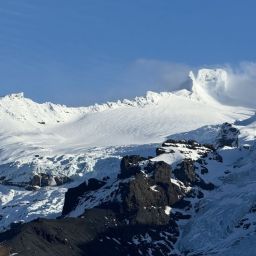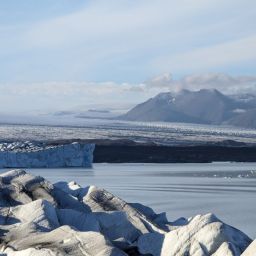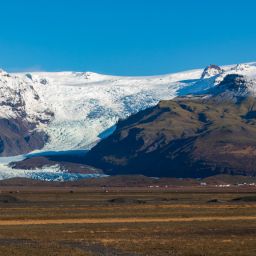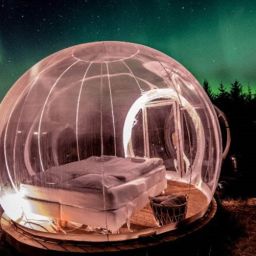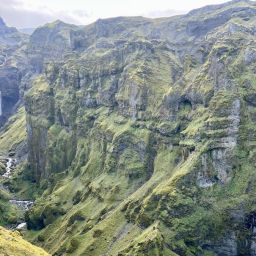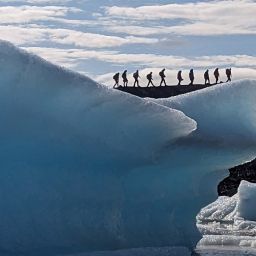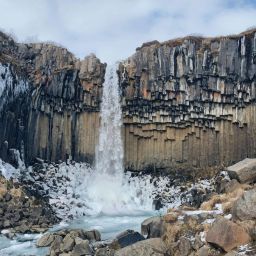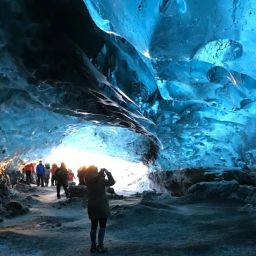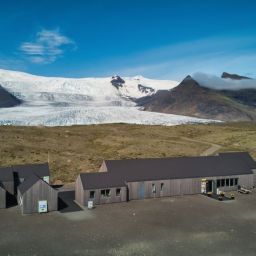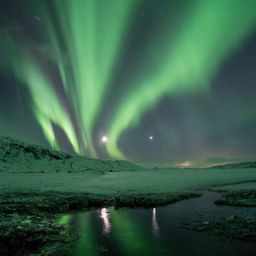
Fjallsárlón or Fjallsarlon is actually a very young natural phenomenon and does not have a long history in terms of being a lagoon. Here is a short history lesson on this area and facts about Fjallsarlon.
When Iceland settlement started in 874 it was said that the land was all grown with trees between the ocean and the mountains. The glaciers in Iceland were at the time also much smaller than they are today. During the first centuries after Iceland’s settlement there were 3 big farms in the area of Breiðamerkursandur the area where you now have Fjallsarlon and Jokulsarlon. Neither lagoon existed. But in the area was a big forest called Breiðamörk (Breidamork). It means broad forest.
The farm on the east side of this area was called Fell, on the west side the farm was called Fjall, and in the middle was the third farm with same name as the forest and called Breiðamörk.
Little ice age
From the 1300 until 1900 hundred was a very cold period in Iceland and in general in all of Europe. This period is frequently referred to as little ice age. During this time glaciers in Iceland started to grow. The glacier outlet Breiðamerkurjökull named after the old forest, crawled forward, and was reaching all over the area that now is Jökulsárlón. The glacier outlet Fjallsjökull named after the farm Fjall crawled forward as well and was covering all the area that now is Fjallsárlón.
Around 1900 neither of the lagoons existed but the rivers were running from under these glaciers. From Breiðamerkurjökull was the river named Jökulsá and from Fjallsjökull the river was of course named Fjallsá. After 1900 the glaciers started to retreat, and small lagoons appeared in front of the glacier wall and quickly named after the rivers Jökulsárlón and Fjallsárlón.
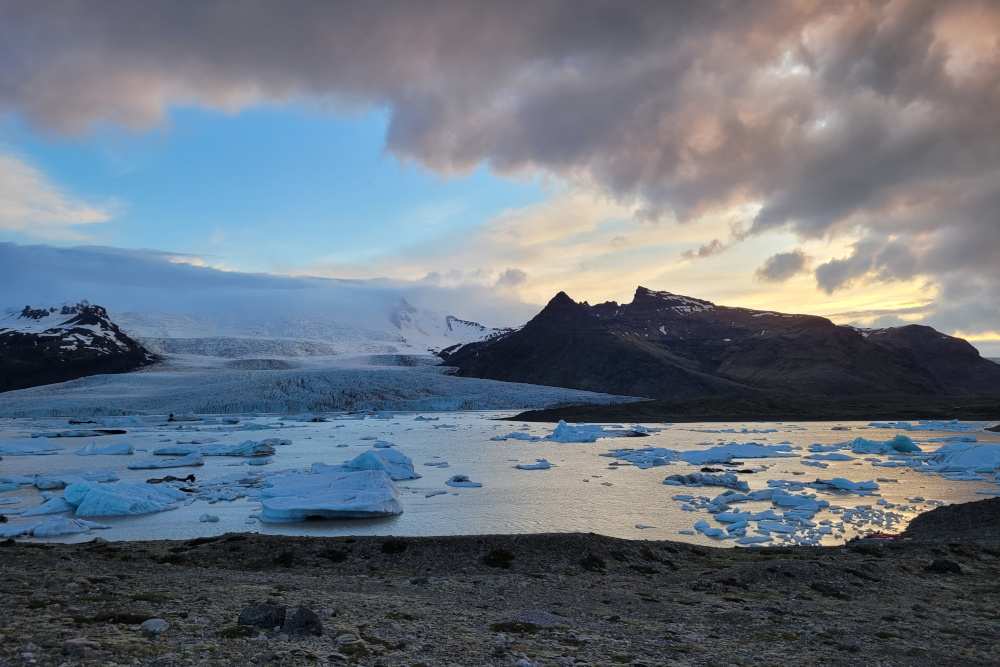
Fjallsarlon glacial lagoon & Breidamerkurfjall mountain
Formation & present Seasons
Fjallsárlón formed a few decades later than Jökulsárlón or after 1950 when you would start to see some water in front of the glacier there. Fjallsárlón grew a lot from 2000-2015 and is now around 5 square kilometers. The deepest part of the lagoon is 130 meters deep but under the glacier is still a deeper part and if the glacier melts to that point it would be 200 meters deep.
During the winter the glacier will grow a bit but during summer ice keeps breaking of the glacier and icebergs floating around in the glacial lagoon. Icebergs that are reaching 15 meters above the water level and over 100 meters downwards can be floating around in Fjallsarlon. Only small icebergs will go down the river Fjallsá as the river is most of the time not much deeper then 1,5 meters.
The water level of Fjallsarlon can be different from one time to another since the water comes from a big area and gathers in this ice lagoon. Sometimes the river can´t keep up with the water coming in on warm rainy days and the level of the water in the lagoon will rise. Dry and cold days and the water level will go down.
Boat tours on Fjallsarlon
In the summer of 2013 the first boat tours were done by the Fjallsarlon Iceberg boat tours. Since then more and more people have been discovering the natural beauty of the lagoon. In these tours you are sailing around icebergs and reaching to the edge of the glacier Fjallsjökull. In the guiding we share some facts on Fjallsarlon and touch on the history of the lagoon and the nature of ice and the glaciers. Sometimes after a day of heavy rainfall, small pieces of old trees will be floating in the lagoon that we can fish up along with a small piece of ice. These trees are from the old forest Breiðamörk that grew in the area. The old history of the Fjallsarlon area makes a visit some of the time in the middle of a boat tour.
The natural beauty of Fjallsarlon is something you need to enjoy when visiting Iceland, learning some facts about Fjallsarlon and the history of the Fjallsarlon area gives you even more admiration for this natural phenomenon.



